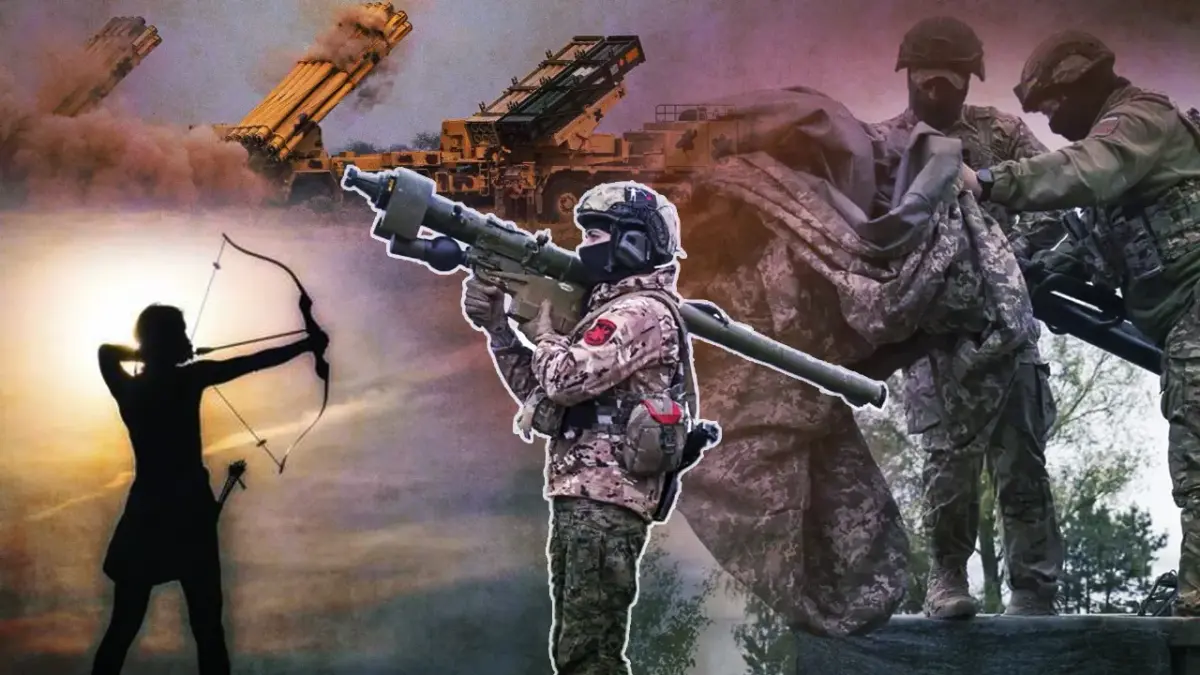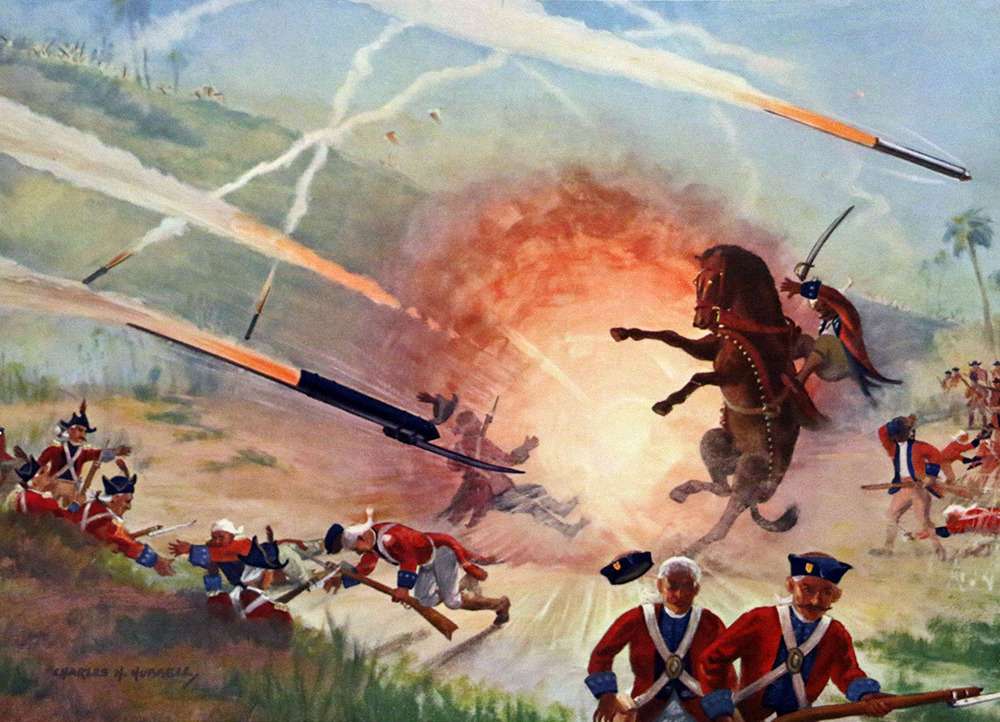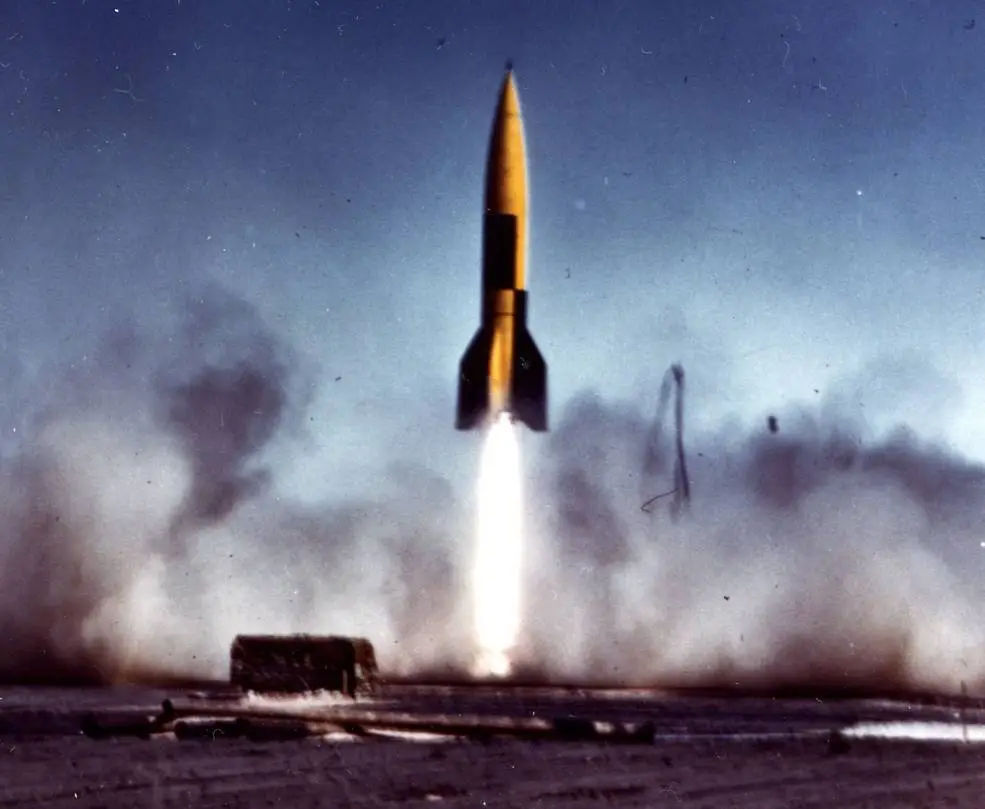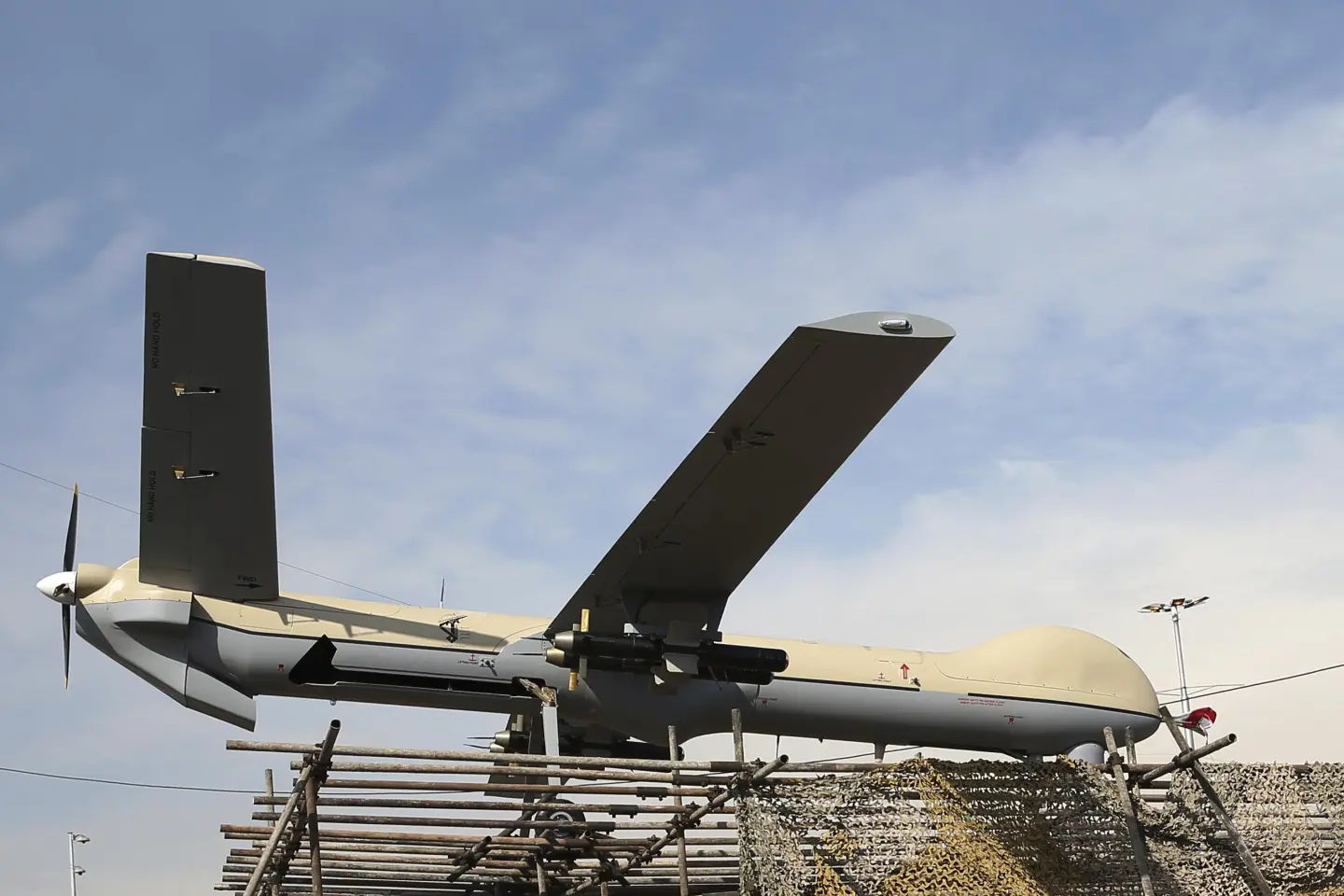Updated December 20th 2023, 18:04 IST
Chronicles of modern aerial warfare: Tracing the evolution from arrows to drones
This article delves into the historical progression of aerial threats, spanning from ancient archers to the contemporary era of drones.

The history of aerial threats spans centuries, reflecting the ever-advancing nature of human conflict and technology. From the early days of archers releasing arrows into the sky to the modern era of unmanned aerial vehicles (UAVs) or drones, the evolution of aerial threats is fascinating. This article explores the milestones and transformations that have shaped the landscape of aerial warfare, showcasing humanity's ingenuity and adaptability in pursuing military dominance.
Conflict has been an integral part of human existence. Among the earliest traces of weaponry, evidence of arrows emerges from South African sites like Sibudu Cave, where probable arrowheads dating back approximately 72,000 to 60,000 years have been discovered. The use of bow and arrow was recorded extensively throughout the history of the Indian subcontinent. Vedic hymns in the Rigveda, Yajurveda, and Atharvaveda underscore the importance of the bow and arrow. The emphasis on the usage of flying projectiles or arrows during the war had great significance and was widely used as a decisive destructive force against massed formations.
The Evolution of Rockets
As civilizations progressed, so did the sophistication of aerial threats. The first rockets were used as propulsion systems for arrows and may have appeared as early as the 10th century in China during the Song dynasty. One of the first recorded rocket launchers is the "wasp nest" fire arrow launcher produced by the Ming dynasty in 1380.

Although the use of rockets waned by the 15th century, a resurgence occurred with the advent of iron-cased rockets, famously known as Mysorean rockets, utilized by the Kingdom of Mysore. The Mysorean army, led by Hyder Ali, effectively deployed these rockets against the British East India Company in the 1780s and 1790s. Their conflicts with the company exposed the British to this technology further, which was then used to advance European rocketry with the development of the Congreve rocket in 1805.
The Missile Era
The first recognizable guided missile system with a guidance mechanism was the German V-1 flying bomb, developed during World War II. The V-1, also known as the "Buzz Bomb" or "Doodlebug," was an early cruise missile deployed by Nazi Germany. It was first used operationally in 1944. The V-1 was powered by a pulsejet engine and had a rudimentary guidance system that relied on an autopilot mechanism and a simple gyroscope for stabilization.

Since then, missile technology has evolved rapidly. Presently, missiles are categorized based on diverse parameters, including type, launch platform, target, range, propulsion, and guidance systems.
The Drone Revolution: Unmanned Aerial Vehicles (UAVs)
The late 20th century and the 21st century ushered in a new era with the development of Unmanned Aerial Vehicles (UAVs) or drones. Initially developed for reconnaissance, drones have evolved into potent tools for surveillance, targeted strikes, and intelligence gathering. Their cost-effectiveness, ability to operate in contested airspace with reduced risk to human operators and unmatched flexibility reshaped the dynamics of modern aerial threats.

The evolution of drone capabilities has been a dynamic and intricate process, fueled by technological advancements, increased accessibility, and the versatility of drones for various applications. However, as the popularity of drones soared, so did instances of misuse. Incidents of drones flying over private property, public events, and restricted areas increased. Individuals and groups began experimenting with weaponizing consumer drones. This involved attaching small firearms, explosives, or other harmful payloads to drones. Unauthorised drone flights over sensitive locations such as military bases, government buildings, and critical infrastructure raised security concerns.
With a leap in artificial intelligence (AI) technology, drones started operating autonomously, amplifying concerns about their potential use in coordinated attacks without direct human control. The Drone Era brought not only advancements but also a complex set of challenges and considerations for security and regulation.
Emergence of Counter-Drone Technologies
In response to a surge in unauthorized drone incidents, both governmental bodies and private entities have committed resources to the development of counter-drone technologies. These technologies, designed to detect, track, and neutralize rogue drones, encompass a range of solutions such as signal jamming, radio frequency (RF) detection, and kinetic approaches. Furthermore, governments worldwide have implemented or updated regulations to counter the misuse of drones, with a focus on enhancing safety, privacy, and security. These regulations include restrictions on drone flights in specific areas and mandatory registration for drone owners.

The landscape of drone threats is in constant flux, with new technologies continually emerging. As the drone threat evolves, there is the potential for threat actors to exploit vulnerabilities in communication systems, employ artificial intelligence for more sophisticated attacks, or adapt to countermeasures, necessitating ongoing innovation in counter-drone strategies.
Navigating Future Challenges in Aerial Threats
As technology advances, future drone threats are likely to feature heightened sophistication in artificial intelligence, stealth capabilities, and innovative attack methods. Effectively anticipating and tackling these challenges will demand continual research efforts, collaborative initiatives, and the establishment of robust regulatory frameworks. The trajectory of aerial threats continues to unfold, prompting humanity to adapt and innovate in the face of evolving technologies and potential security risks.
Written by Kiran Raju, Co-Founder & CEO, Indrajaal
Published December 20th 2023, 18:01 IST

